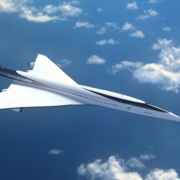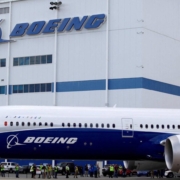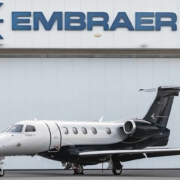Yesterday, July 8, was the 81st anniversary of the first commercial flight of a pressurized aircraft. It was in 1840 when a Boeing aircraft named 307 Stratoliner of TWA, transported 33 passengers and 5 crew members on a route between Burbank and La Guardia Airport in New York.
This first flight of a pressurized commercial aircraft lasted 12 hours and 22 minutes and reached an altitude of 7,000 meters. But its new design and changes in the fuselage provided a pressure equivalent to an altitude of 3,600 meters, which allowed passengers to travel smoothly.
What were the design changes that enabled this breakthrough?

source: https://kw_alex_by.artstation.com/projects/JZxQv
The Boeing 307 Stratoliner TWA had a circular, tapered fuselage towards the ends (similar to an American soccer ball). Inside
this fuselage were rows of seats arranged two by two on each side, leaving a central aisle for passenger and crew traffic.
Its wings and horizontal stabilizers had a shape similar to that of the Douglas DC-3 aircraft. While its vertical stabilizer was the same as that of a Boeing 377, maintaining the classic inverted tricycle landing gear of the time.
The circular fuselage measuring almost 3.66 meters wide provided enough space to set up comfortable bunks for passengers to rest during night flights. Also, that during their journeys, passengers enjoyed exquisite meals accompanied by wine, which together with the pressurized cabin gave travelers an excellent experience.
At the time, 10 units of this aircraft were built 5 of which went to Transcontinental & Western Air, 1 to multimillionaire Howard Hughe, 3 to Pan Am Airlines, while 1 aircraft was lost before being delivered to Pan Am.
Thus was born what we know today as first class and all the services we enjoy from the airlines on every trip.












Leave a Reply
Want to join the discussion?Feel free to contribute!